42 nutrient content claims on food labels
Nutrition claims - Canada.ca There are two types of nutrition claims on foods: nutrient content claims and health claims. These claims must also follow certain rules from Health Canada to make sure that they are consistent and not misleading. These claims are optional and may be found on some food products. Nutrient content claims describe the amount of a nutrient in a food. What is a nutritional claim food? They could also claim a "good source" of vitamin C if food contains at least 10 percent of the Reference Daily Intake (RDI) or Daily Reference Value (DRV) both declared on the label as the "Daily Value" (DV) or a "high" claim may be made when a food contains at least 20 percent of the DV. What claim is good source of vitamin C?
Nutrient content claims - Canadian Food Inspection Agency Advertisements making vitamin and mineral nutrient content claims; Decision trees for nutrient content claim advertising requirements; Reference information. Foods to which vitamins, mineral nutrients and amino acids may or must be added; Nutrient content claim examples; Additional Information. Criteria for the nutrient content claim no added ...
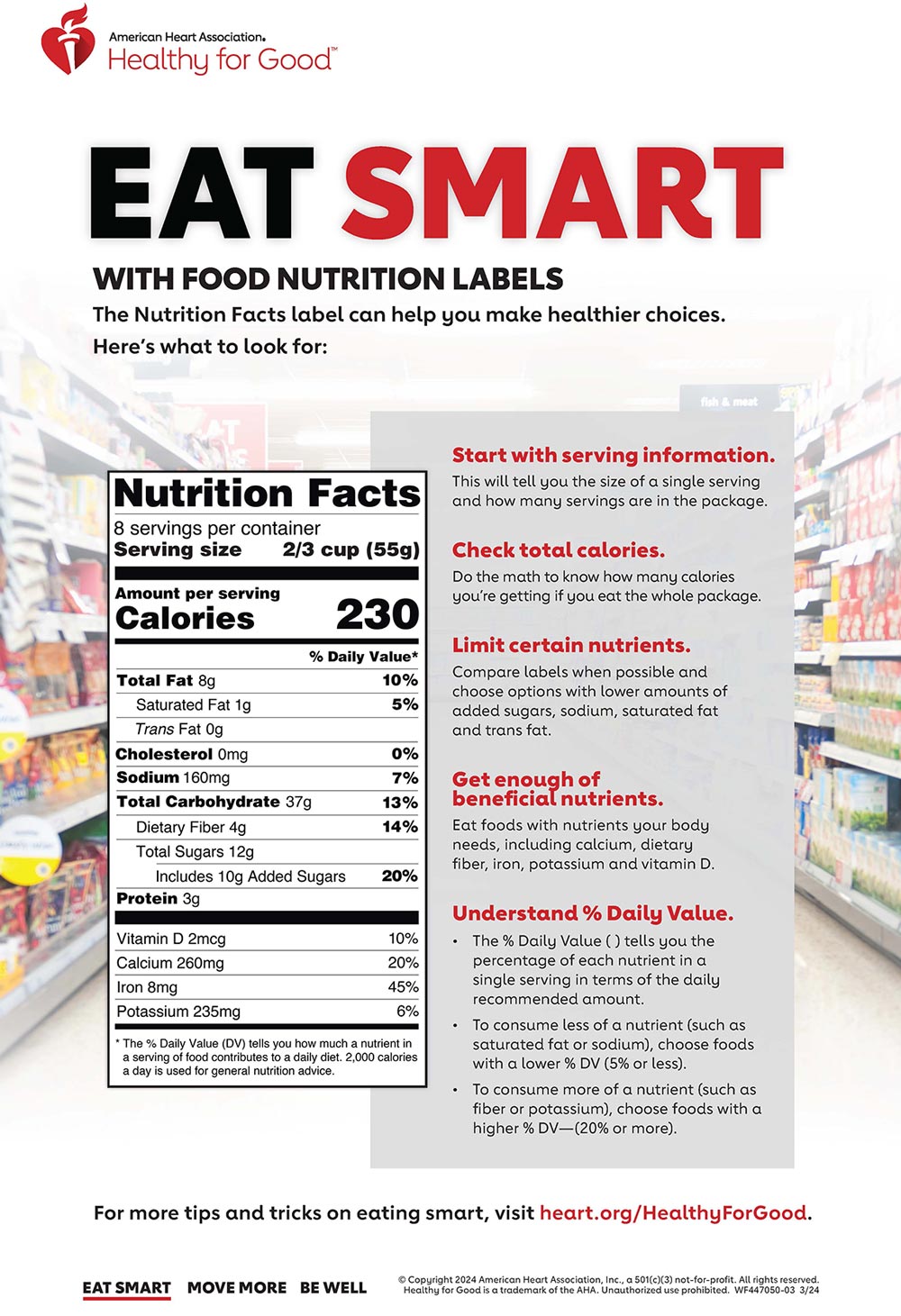
Nutrient content claims on food labels
How to Make a Nutrient Content Claim - Quality Assurance & Food Safety FDA defines a nutrient-content claim as a claim that expressly or impliedly characterizes the level of a nutrient of the type that is required to be listed on the label's nutrition-information panel (the information required to be on the nutrition-information panel itself is not considered to be a nutrient-content claim). Tracking Label Claims - IFT.org While FDA has no regulation defining nutrient content claims that characterize the level of trans fat (e.g., " trans fat free"), the label or labeling may currently contain a nutrient content claim about the amount or percentage of a nutrient (e.g., "0 g trans fat") (see 21CFR101.13 (i) (3)) (CFR, 2008c). Understanding Food Labels | The Nutrition Source | Harvard T.H. Chan ... Under the Food Allergen Labeling and Consumer Protection Act of 2004, eight major food allergens—milk, fish, tree nuts, peanuts, shellfish, wheat, eggs, and soybeans—are required to be listed in a "contains" statement near the Ingredients list if present in a food. An example would be "contains wheat, milk, and soy."
Nutrient content claims on food labels. Food Labeling: Nutrient Content Claims; Definition of Term "Healthy" The Food and Drug Administration (FDA or we) is proposing to update the definition for the implied nutrient content claim "healthy" to be consistent with current nutrition science and Federal dietary guidance, especially the Dietary Guidelines for Americans (Dietary Guidelines), regarding how consumers can maintain healthy dietary practices. Regulating health claims on food labels using nutrient profiling: what ... Objective: Proposed Australian regulation of claims on food labels includes requirements for products carrying a health claim to meet nutrient profiling criteria. This would not apply to nutrition content claims. The present study investigated the number and healthiness of products carrying claims and the impact of the proposed regulation. What are Nutrient Content Claims on food labels? Nutrient Content Claims on Food Panels List energy, fat, carbohydrates, protein, and sodium. The nutritional information panels are a better guide than advertising. If the product contains food-inducing allergens, the label must say so. Some of the healthiest foods don't have labels, including fresh fruit and vegetables, and fish. Nutrient Content Claim vs Health Claim - LabelCalc Nutrient content claims, which are commonly used on food labels, either refer to the amount of a nutrient in a product or compare the levels of a nutrient in that food to a similar reference food. When referring to the amount of a nutrient in a product, words such as "low," "free," and "high" are often used.
What are nutrient claims on food labels? - Short-Fact What is the benefit of having nutrient claims on the front of a food label? It describes the content of a food, including the amount of nutrients, calories, cholesterol, or fiber, but not in exact amounts. Usually placed on the front of the food label, the nutrient claim provides a quick comparison between similar products. 21 CFR § 101.13 - Nutrient content claims - general principles. (b) A claim that expressly or implicitly characterizes the level of a nutrient of the type required to be in nutrition labeling under § 101.9 or under § 101.36 (that is, a nutrient content claim) may not be made on the label or in labeling of foods unless the claim is made in accordance with this regulation and with the applicable regulations ... How to Read Food Labels: Your Complete Consumer Guide The words and images on packaged foods are there for one of two reasons — to sell or to inform. Food manufacturers want to present their products in as positive a light as possible and may sometimes make questionable claims about them. Regulators want the labels to include clear and honest data about quality, nutrients, and ingredients. 23 Misleading Food Label Claims (+What They Really Mean!) - SkinnyFit A nutrient content claim is a guide to help you consume more or less of a certain nutrient. They must be true and accurate just like health claims. An example of a nutrient content claim is a food label that says "low in fat" or "good source of calcium". 3. Structure/Function Claims
What is a nutrition claim? - omeo.afphila.com Furthermore, what is the nutrient content? Nutrient content claims are statements on the labels of foods, food products and dietary supplements that describe the amounts of nutrients or dietary substances in these products. The US FDA establishes the requirements and regulates the compliance of nutrient content claims. Compared to an ... NUTRIENT CONTENT CLAIMS - food labels - FLIP HTML5 NUTRIENT CONTENT CLAIMS - food labels Published by Guset User , 2015-05-11 03:30:02 Description: Sillier, Inc. and Food Consulting Company, 2009-2013. Nutrient Claims on Food Labels - Truly Good Foods Nutrient Claims on Food Labels. July 19, 2018. Nutrient claims describe the content of a food, including the amount of nutrients, calories, cholesterol or fiber, but not in exact amounts. Usually on the front of the food label, the nutrient claim provides a quick comparison between similar products. Nutrition, health and related claims - Food Standards Standard 1.2.7 - Nutrition, health and related claims in the Food Standards Code (the Code) set out requirements for making nutrition content and health claims about food. Find out more about the Standard and the different types of claims. The Implementation Subcommittee for Food Regulation (ISFR) has guidance on how to comply with Standard 1 ...
Label Claims for Conventional Foods and Dietary Supplements Mar 07, 2022 · Among the claims that can be used on food and dietary supplement labels are three categories of claims that are defined by statute and/or FDA regulations: health claims, nutrient content claims ...
[Solved] 4. What are the three major types of claims that can be used ... The 3 major claims used on dietary and food supplement tables are the following. Nutrient content claim. These involve describing the nutrient level in a product and they compare the levels with that of other foods. Health claim. These explain the relation between food substances and the reduced disease risk. Function/structure claim
5 Understanding Food Labels and Health Claims - Maricopa This label is called a Nutrition Facts panel, which gives information on the number of servings per container, the number of calories per serving, and certain nutrients. Specifically, it lists the macronutrients and four of the most important micronutrients people need to pay special attention to, such as Vitamin D, Calcium, Iron, and potassium.
Food Compass is a nutrient profiling system using expanded ... Oct 14, 2021 · Testing and validation using NHANES. 5). Among 12 major food categories, the FCS varied from 17.1 ± 17.2 for savoury snacks and sweet desserts to 81.6 ± 16.0 for legumes, nuts and seeds (Fig. 2 ...
Food Packaging Claims | American Heart Association "Nutrient content claims" are used for two purposes: To describe the level of a nutrient in the product using terms such as free, high, and low or To compare the level of a nutrient in a food to another food using terms such as more, reduced, and lite.
Nutrient Claims on Food Labels - Clemson University Sodium content cannot exceed 360 mg per serving for individual foods and 480 mg per serving for meal-type products. If a food is labeled "healthy" or makes a health claim, it cannot contain any nutrient that increases the risk for disease. It must contain no more than 20% of the DV per serving of total fat, saturated fat, cholesterol, or sodium.
Nutrition content claims and health claims - Food Standards Nutrition content claims are about the content of certain nutrients or substances in a food, such as 'low in fat ' or 'good source of calcium'. These claims need to meet certain criteria. For example, food with a 'good source of calcium' claim needs to contain at least the amount of calcium specified in the Standard. Health claims
Changes to the Nutrition Facts Label | FDA - U.S. Food and ... Mar 07, 2022 · It will now read: “*The % Daily Value tells you how much a nutrient in a serving of food contributes to a daily diet. 2,000 calories a day is used for general nutrition advice.” 13. I heard ...
Daily Value on the New Nutrition and Supplement Facts Labels Feb 25, 2022 · For example, if the DV for a certain nutrient is 300 micrograms (mcg) and a packaged food or supplement has 30 mcg in one serving, the %DV for that nutrient in a serving of the product would be 10%.
Nutrient Content Claims on a Food Label - LabelCalc The food product nutrition content must meet the strict guidelines and parameters set forth by the FDA in order to accurately make these nutrient content claims on a food label. For a more in-depth look at nutrient content claims, download this PDF. A Quick Reference Summary of Parameters
Nutrient content claims: what they mean - Canada.ca Table of nutrient-content claims and what they mean. The food provides an amount of a nutrient that is so small it likely won't have any effect on your body. The food is processed/modified so that it contains at least 25% less of the nutrient when compared with a similar product. Contains no added fats or oils or added butter or ghee, or ...
Background Information: Dietary Supplements - Consumer The label of a dietary supplement or food product may contain one of three types of claims: a health claim, nutrient content claim, or structure/function claim. Health claims describe a relationship between a food, food component, or dietary supplement ingredient, and reducing risk of a disease or health-related condition.
Nutrient Content Claims | FDA - U.S. Food and Drug Administration Nutrient Content Claims. See Claims That Can Be Made for Conventional Foods and Dietary Supplements for definitions of claims. Final Rule: Food Labeling: Nutrient Content Claims; Alpha-Linolenic ...
Nutrient Claims on Food Labels - Food Smart Colorado Nutrient content claims describe a food and the level of a particular nutrient in that food. "Low fat" and "High fiber" are both examples of nutrient content claims. These types of claims usually appear on the front of a package and are regulated by the Food and Drug Administration (FDA).
Understanding Food Labels | The Nutrition Source | Harvard T.H. Chan ... Under the Food Allergen Labeling and Consumer Protection Act of 2004, eight major food allergens—milk, fish, tree nuts, peanuts, shellfish, wheat, eggs, and soybeans—are required to be listed in a "contains" statement near the Ingredients list if present in a food. An example would be "contains wheat, milk, and soy."
Tracking Label Claims - IFT.org While FDA has no regulation defining nutrient content claims that characterize the level of trans fat (e.g., " trans fat free"), the label or labeling may currently contain a nutrient content claim about the amount or percentage of a nutrient (e.g., "0 g trans fat") (see 21CFR101.13 (i) (3)) (CFR, 2008c).
How to Make a Nutrient Content Claim - Quality Assurance & Food Safety FDA defines a nutrient-content claim as a claim that expressly or impliedly characterizes the level of a nutrient of the type that is required to be listed on the label's nutrition-information panel (the information required to be on the nutrition-information panel itself is not considered to be a nutrient-content claim).
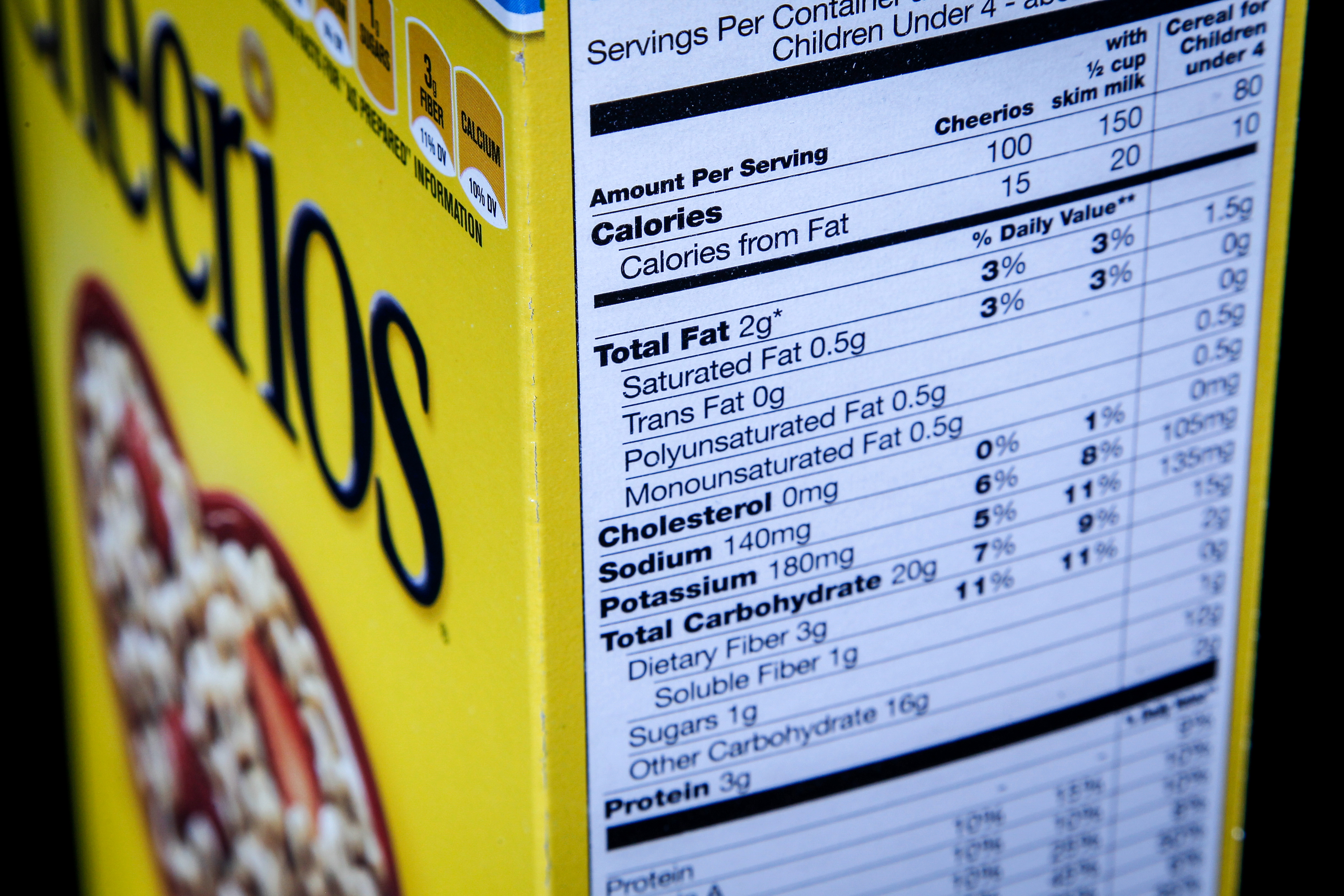
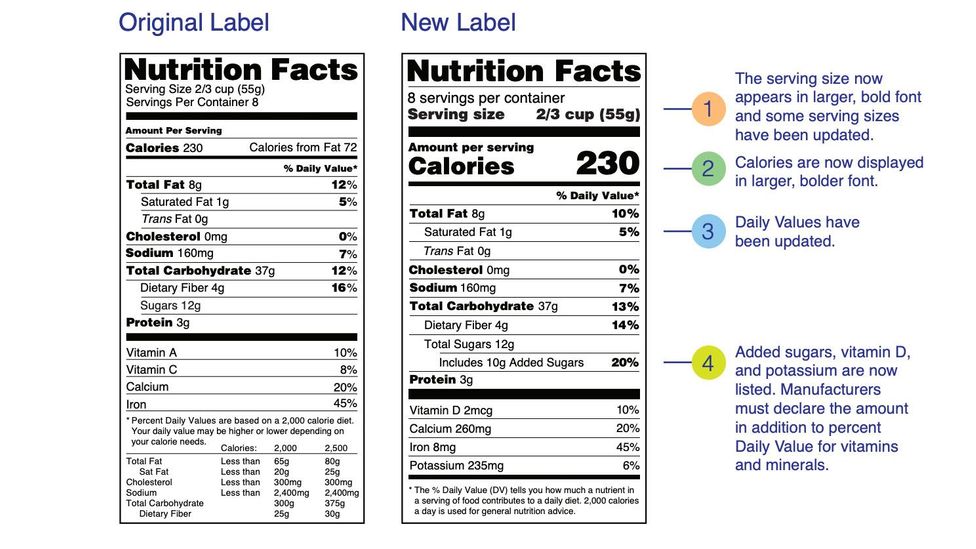
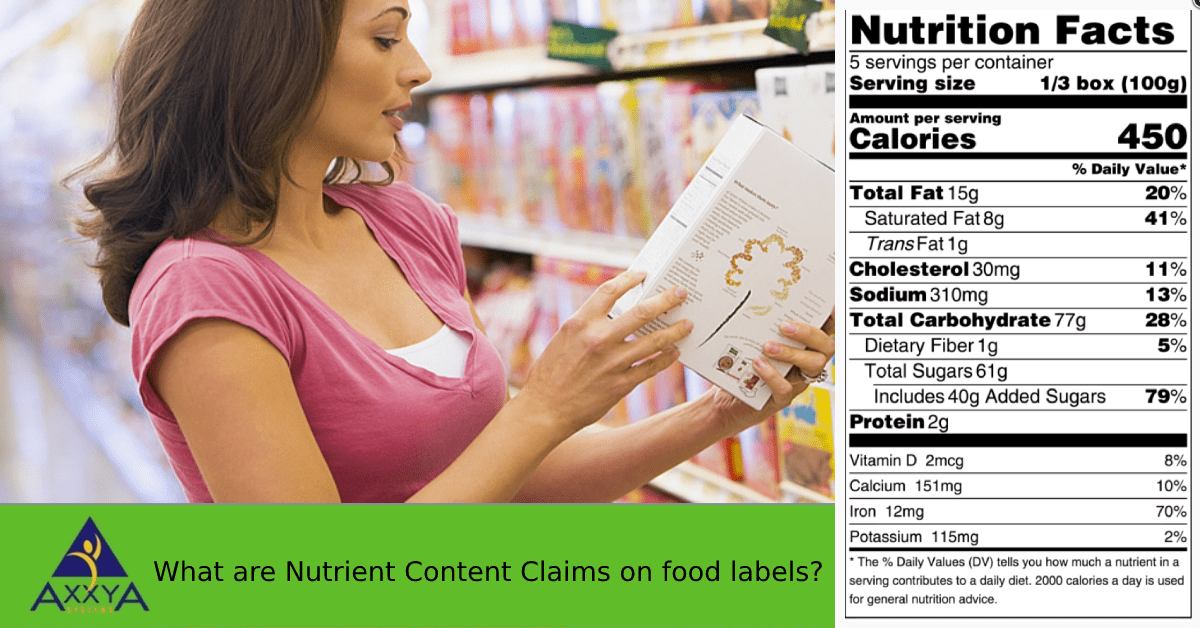



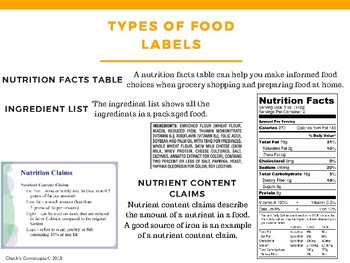
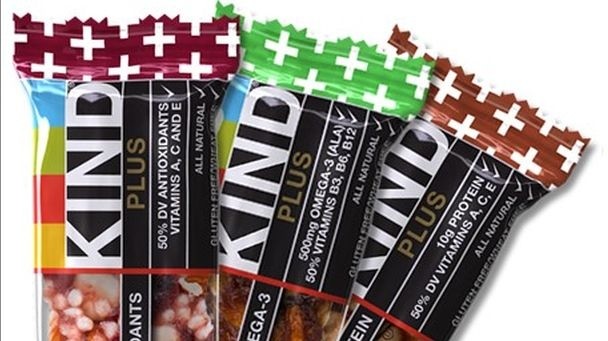

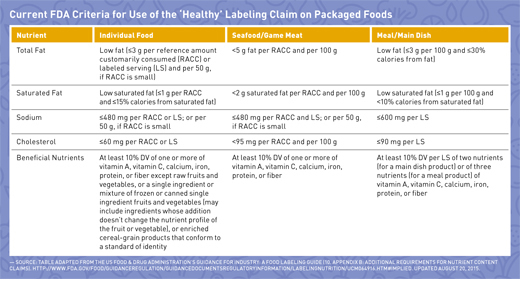


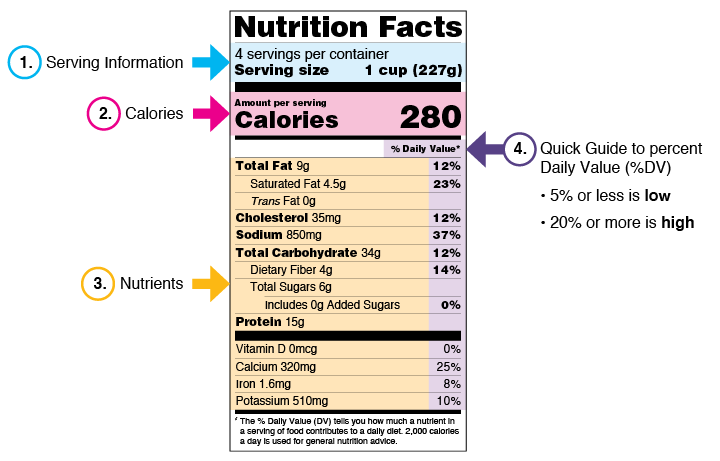
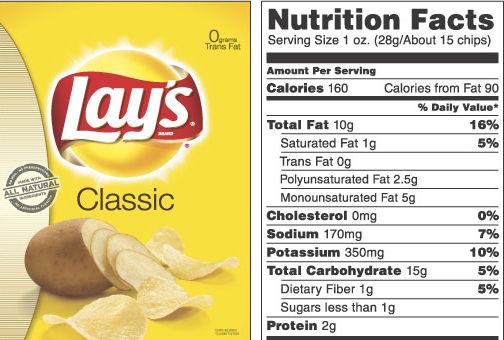
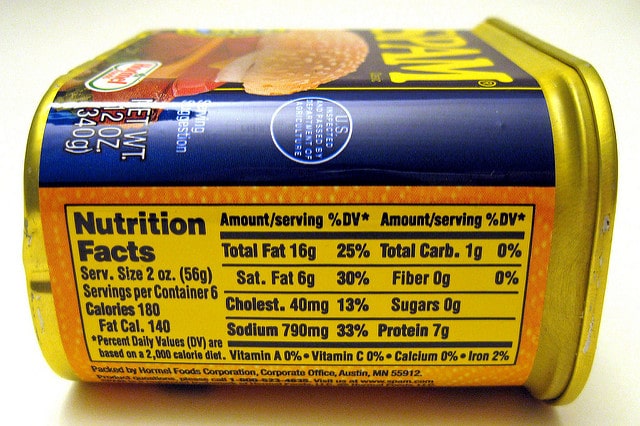


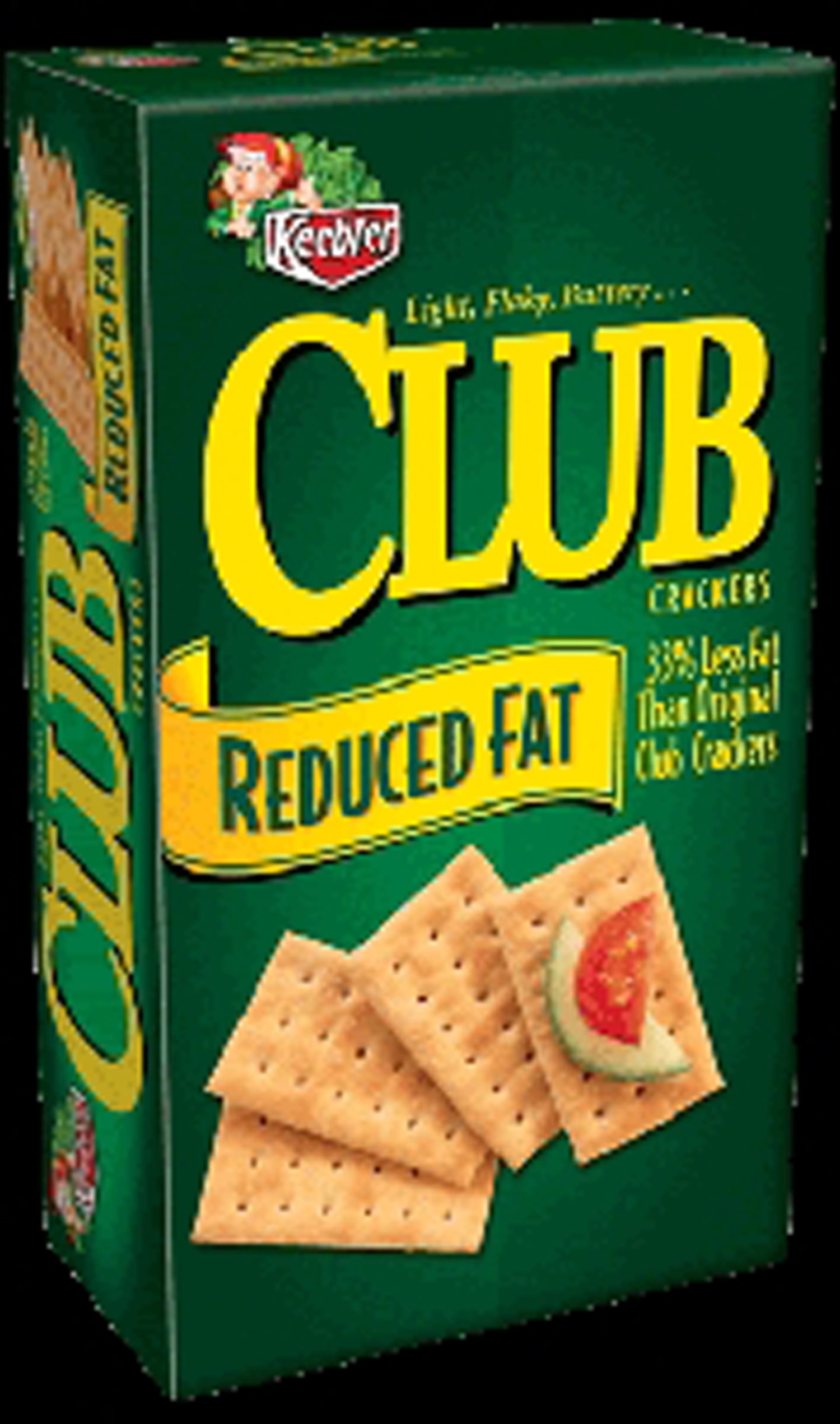
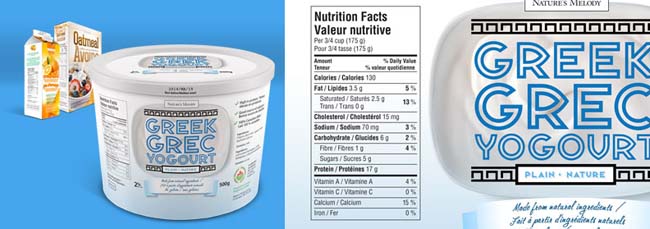



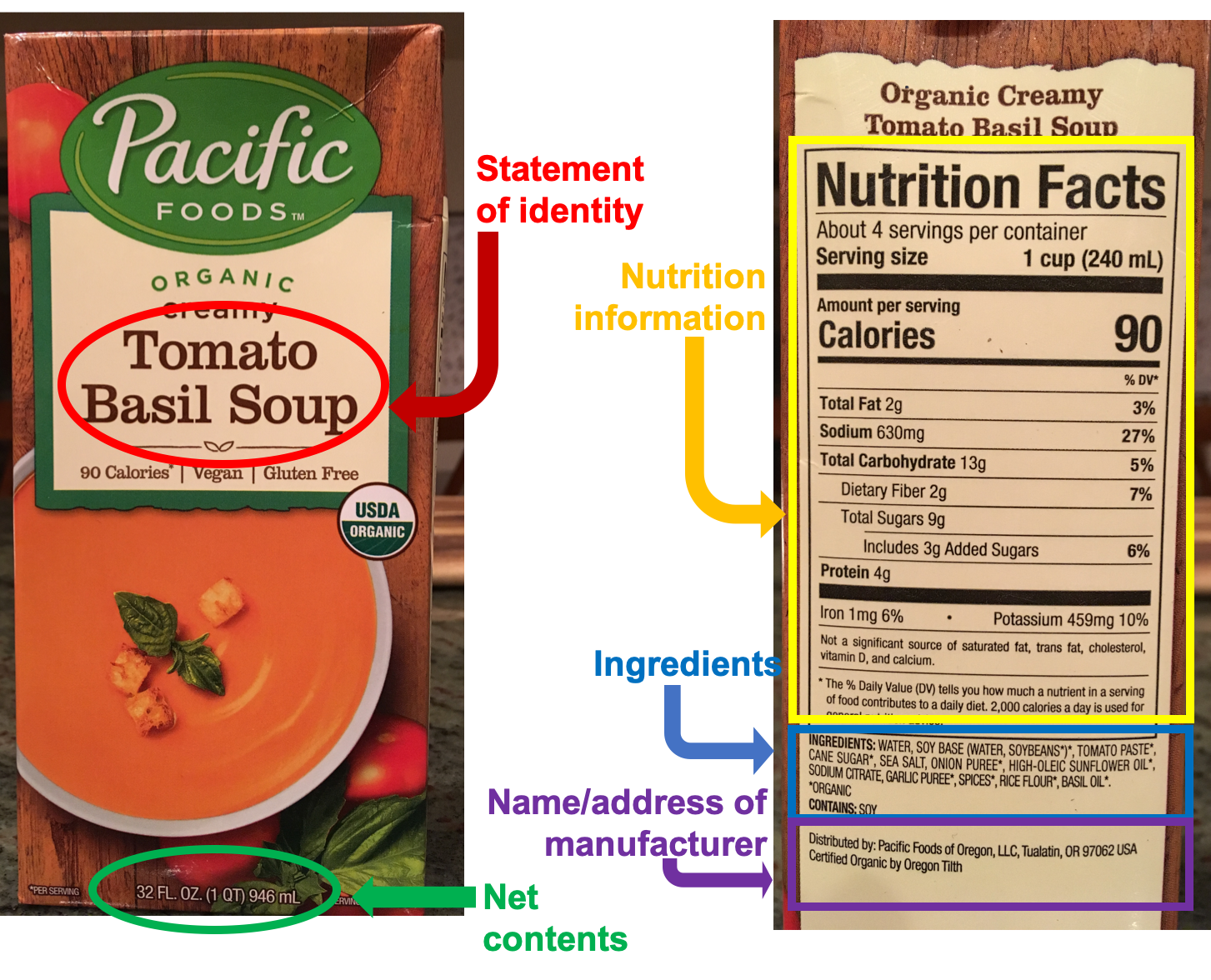
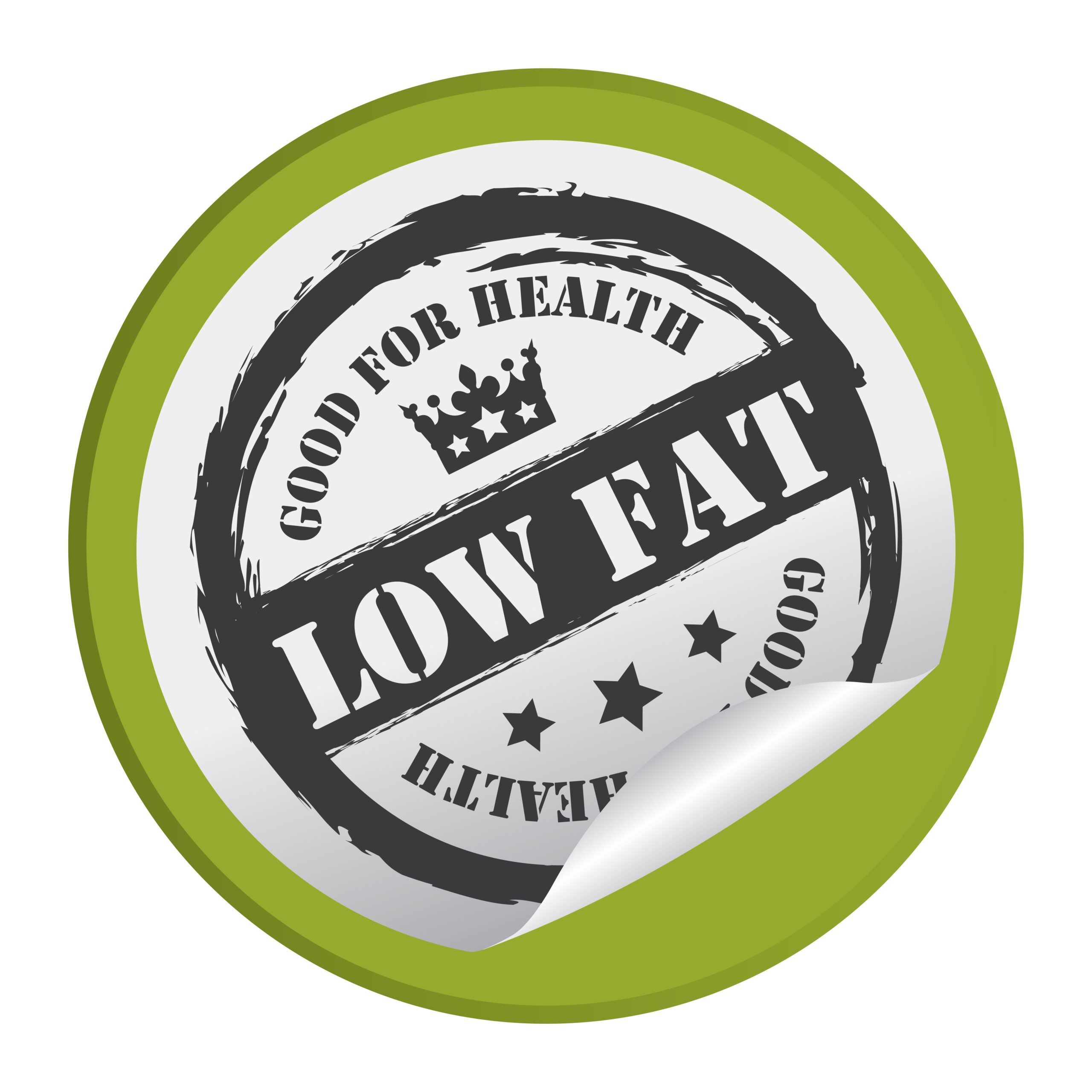

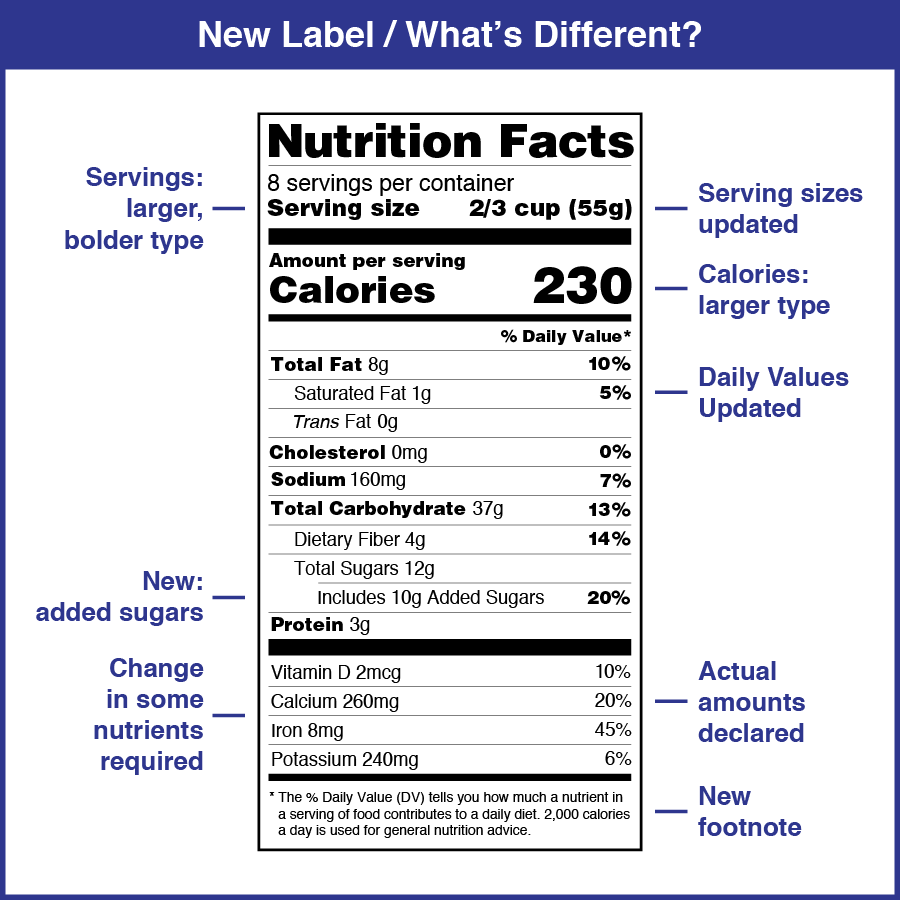
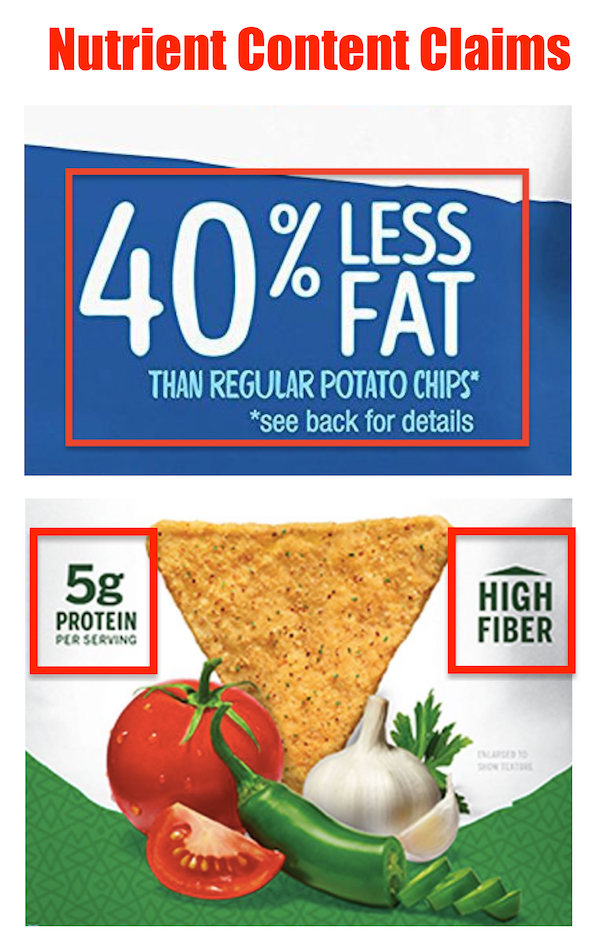

:no_upscale()/cdn.vox-cdn.com/uploads/chorus_asset/file/3650624/quakerlabel-shelf.0.jpg)

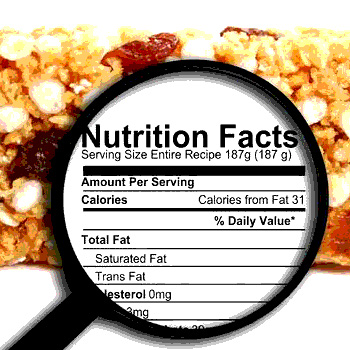
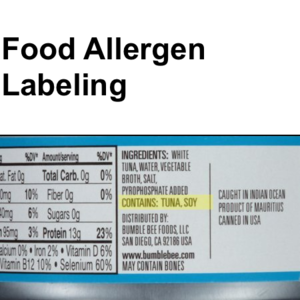
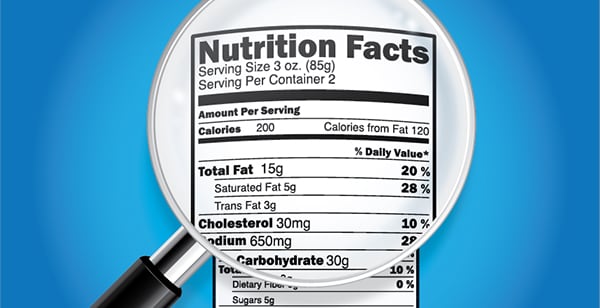


Post a Comment for "42 nutrient content claims on food labels"